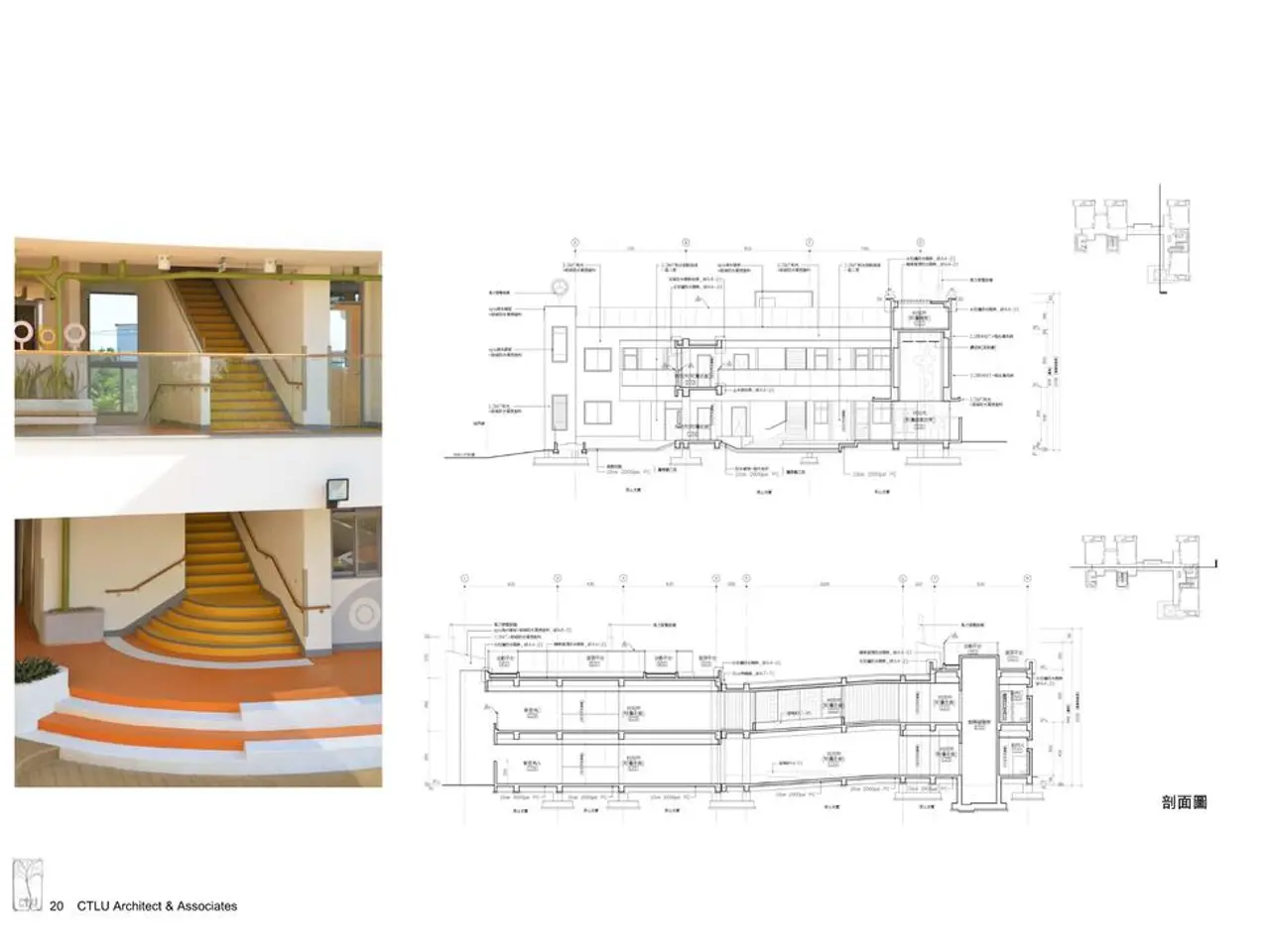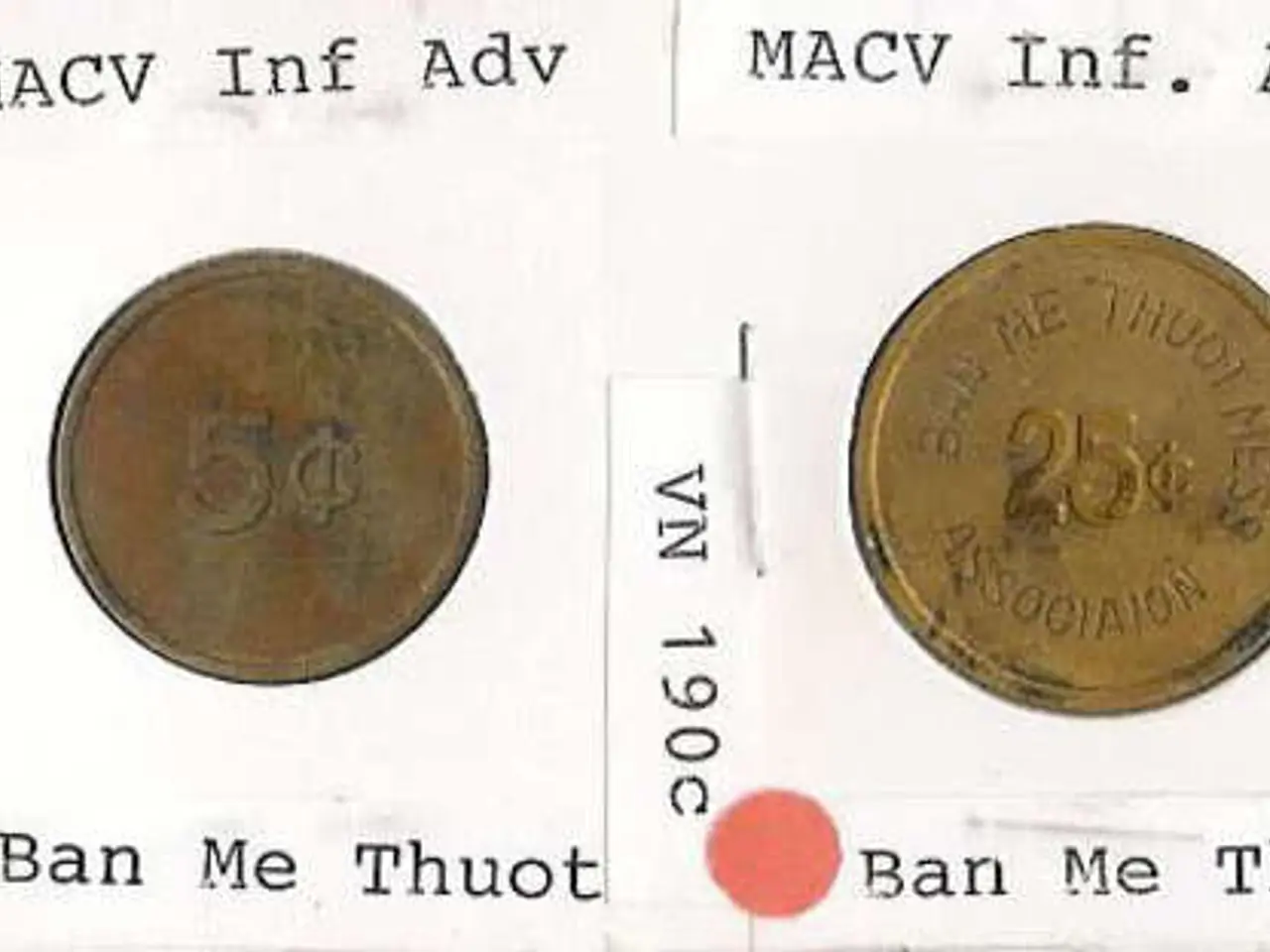Build approval granted on the planned property - is it mandatory to construct the approved blueprint?
For those who have found a building plot with an approved design but wish to make changes, understanding the options available is crucial. This article provides a guide to the two main routes: applying for a new planning consent or making minor changes to the existing consent.
Applying for a New Planning Consent
When significant changes are required, submitting a new planning application is the suitable option. This involves reassessing the proposal based on current policies and site context by the local planning authority. Changes affecting factors like building footprint, height, massing, or impact on neighbors may necessitate a new application.
Consider ecological and landscaping factors, such as the potential impact on protected species or significant trees, which may require additional surveys. This route can be more time-consuming and uncertain but offers flexibility to redesign the project fully.
Making Minor or “Non-Material” Changes to the Existing Consent
If changes are small and do not significantly alter the approved scheme, amendments can be requested. These alterations might include internal layout tweaks, slight modifications to window placement, or materials. These changes are often easier to get approved and quicker, but the scope is limited by what the planning authority will consider as non-material.
Factors to Consider
When deciding between new consent or minor changes, consider the extent of change needed, impact on neighbours and the environment, design and lifestyle requirements, time and cost, and collaboration with the build team. If changes are minor and unlikely to impact planning constraints, seek to amend existing permission. For substantial redesigns or site-specific complexities, a fresh planning application is more appropriate.
Other Considerations
It's essential to thoroughly review the planning conditions that come with the approved consent, as they can sometimes create complications down the line. Be aware of potential issues such as requiring specific visibility splays for access points that may cross onto third-party land.
Check if the plot is located on a flood plain or a conservation area, and be aware of potentially expensive problems like needing foundations for difficult sites, or even Japanese knotweed. If the original consent was won on appeal or granted for exceptional architectural merit, applying for a new consent could be challenging.
Also, keep in mind that building plots are not restricted to the approved design once planning consent has been granted. Submitting a Section 73 application to make changes to the design won't extend the expiration date of the original consent.
In conclusion, navigating changes to approved building plots can be a complex process. A planning professional can help assess whether changes to the design are possible based on the plot's constraints, applicable planning policies, and overall impact on the setting or street scene. Additionally, it's essential to ensure that you can afford to build the approved design, as building costs can be higher than expected. In cases where the design is particularly challenging or risky, starting over with a simpler design might be the better option.
- For significant changes in the approved design, submitting a new planning application is the suitable option, involving reassessment by the local planning authority based on current policies and site context.
- Changes affecting factors like building footprint, height, massing, or impact on neighbors may necessitate a new application, but this route can be more time-consuming and uncertain.
- If changes are small and do not significantly alter the approved scheme, amendments can be requested, such as internal layout tweaks, slight modifications to window placement, or materials.
- When deciding between new consent or minor changes, it's essential to consider the extent of change needed, impact on neighbors and the environment, design and lifestyle requirements, time and cost, and collaboration with the build team.
- It's crucial to review the planning conditions that come with the approved consent, as they can sometimes create complications down the line, such as requiring specific visibility splays for access points that may cross onto third-party land.
- Building plots are not restricted to the approved design once planning consent has been granted, but submitting a Section 73 application to make changes to the design won't extend the expiration date of the original consent.
- When investing in a home-and-garden project, it's essential to ensure that you can afford to build the approved design, as building costs can be higher than expected, and real-estate financing plays a crucial role in your lifestyle and overall investment strategy.




